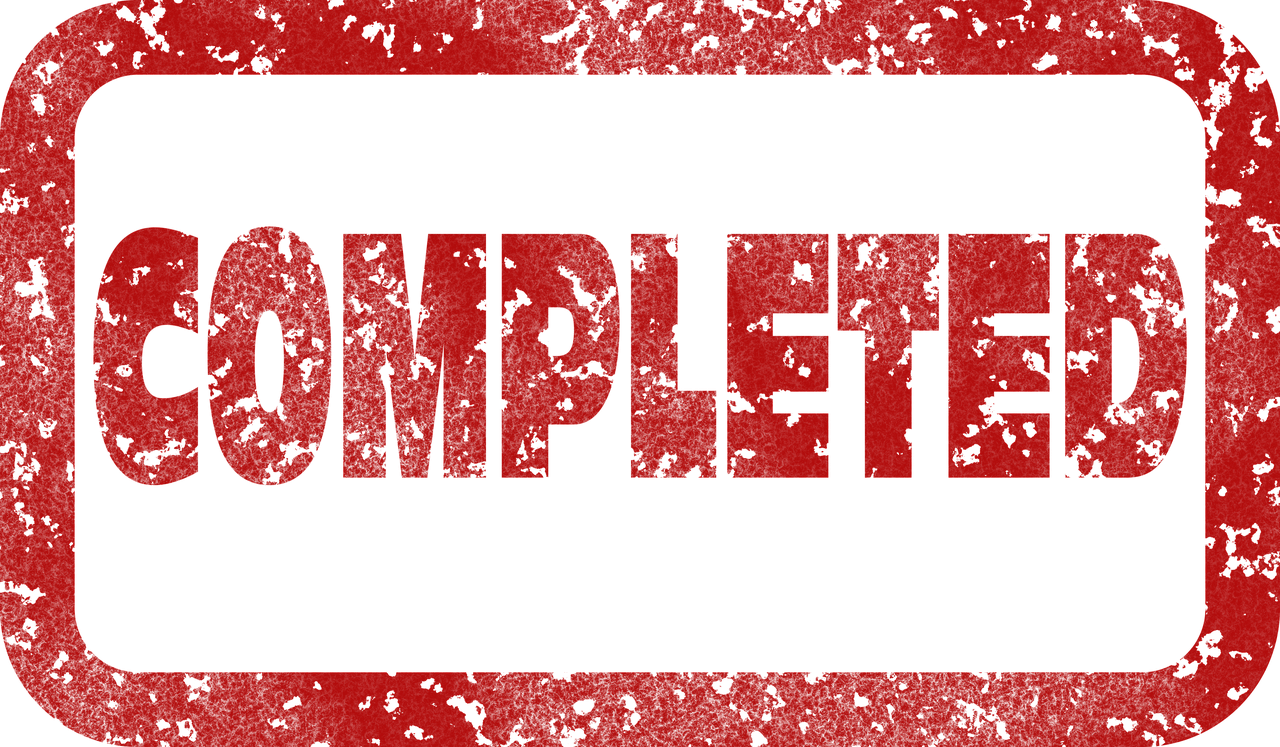The Transition from Design to Delivery
Using data-driven insights to evaluate performance, refine processes, and inform future projects
The Final Phase: Where Insight Drives Evolution
Every project ends — but the smartest projects evolve.
The Closure phase of the Smart Delivery lifecycle isn’t just about handing over documentation or celebrating go-live. It’s about translating delivery outcomes into intelligence, using real-world data and user feedback to understand what worked, what didn’t, and what should change next time.
In the 360 Smarter Stack, Closure brings everything full circle. It reconnects vision (Layer 1) with outcomes (Layers 7–8) and uses data (Layer 5) to build a feedback loop that drives continuous improvement.
This is where smart delivery becomes smarter — when you measure, learn, and embed those lessons into the DNA of your organisation.
1. Redefining Project Closure in the Smart Era
Traditional project closure often ends with paperwork — final invoices, snag lists, and post-completion reports.
But in a smart transformation, closure is an analytical exercise. It’s about aligning performance against the strategic intent defined at initiation.
Ask three key questions:
- Did we achieve the intended outcomes? (Operational, experiential, financial, and sustainability goals)
- How well did the technology perform? (Reliability, interoperability, and adoption rates)
- What did the data tell us? (Insights into space use, comfort, and efficiency)
This approach reframes closure from a finish line to a data-driven checkpoint — a moment to validate success and fine-tune for the future.
2. Using Data to Define Success
In a smart workplace, every sensor, system, and platform generates data that can inform post-occupancy evaluation (POE). By integrating analytics from your BMS, IoT sensors, booking systems, and user feedback tools, you gain a 360° view of building performance.
Key success measures include:
- Space Utilisation: Are meeting rooms and desks being used as predicted?
- Comfort Metrics: Are temperature, CO₂, and lighting levels within target ranges?
- Energy Performance: Have sustainability targets or efficiency gains been realised?
- User Sentiment: What do employees say about their experience in the new environment?
- Operational Efficiency: Has downtime, maintenance callouts, or manual intervention decreased?
By visualising these metrics in dashboards (e.g., Power BI, IWMS, or digital twin interfaces), you can quantify the impact of your project in ways that resonate with executives and stakeholders alike.
Smart closure turns anecdotal success into evidence-based storytelling — the kind that secures future investment and organisational confidence.
3. Post-Occupancy Evaluation: The Smart Feedback Loop
Post-occupancy evaluation (POE) isn’t new, but in a connected workplace, it’s been transformed. Instead of relying on surveys or manual checks, today’s POE can draw from live system data and user analytics.
Modern POE frameworks should combine:
- Quantitative insights (from building systems and sensors)
- Qualitative feedback (from employees, FM teams, and IT operators)
- Comparative benchmarking (against pre-project baselines and industry standards)
Integrating this data allows teams to identify mismatches — for example, a beautifully designed meeting room that’s rarely booked because the AV setup feels intimidating, or HVAC zones that overperform in comfort but underperform in energy.
This continuous feedback loop transforms your smart building into a living laboratory — one that learns, adapts, and self-improves over time.
4. Capturing Lessons Learned — and Making Them Actionable
Every project has its lessons — but not every team captures them effectively.
Smart delivery closure requires structured reflection and knowledge capture.
Here’s how to do it right:
- Hold a cross-functional review: Bring together IT, FM, workplace, HR, and vendor partners to discuss what worked and what needs refinement.
- Document through data: Don’t just rely on opinions — support lessons with metrics and evidence.
- Update standards and playbooks: Feed validated insights into future procurement, design briefs, and commissioning templates.
- Share success stories: Turn wins into case studies, presentations, or internal learning modules to build smart maturity across the business.
By institutionalising knowledge, you prevent “reinventing the wheel” in future projects — a hallmark of mature smart organisations.
5. Embedding Smart Thinking for the Long Term
The most successful organisations treat every smart project as a step in an ongoing journey, not a standalone event. Embedding smart thinking means:
- Building data literacy across teams so insights are understood and acted upon.
- Establishing continuous improvement frameworks, where KPIs are regularly reviewed and recalibrated.
- Creating smart governance groups to oversee standards, interoperability, and alignment with strategic goals.
- Maintaining feedback channels between occupants, FM, and IT to ensure evolving user needs are reflected in updates.
When you embed this culture of curiosity and measurement, your smart office doesn’t just perform — it evolves.
6. The 360 Smarter Closure: Turning Knowledge into Capability
At the heart of the 360 Smarter Stack is the belief that integration, data, and people must remain connected — even after handover.
By linking operational insights (Layers 5–8) back to strategic vision (Layers 1–2), closure becomes a flywheel for innovation.
It fuels smarter design, better alignment, and faster delivery for every subsequent project.
The true measure of success?
Not the completion of one project — but the acceleration of every future one.
Key Takeaways
✅ Closure isn’t an endpoint — it’s the start of a learning cycle.
✅ Data and analytics turn subjective opinions into measurable outcomes.
✅ Post-occupancy evaluation fuels continuous optimisation.
✅ Embedding smart thinking builds resilience and maturity over time.
✅ Every project completed strengthens your future delivery capability.
Next in the Series:
We’ll be wrapping up the Smart Delivery Series with a Master Summary: The Playbook for Continuous Smart Success — where we consolidate the eight layers and six delivery phases into a practical, actionable model for real-world smart transformation.
Download the Smart Office Readiness Checklist to see where your organisation stands.
Explore our Foundation and Practitioner Courses to start building capability with the 360 Smarter Stack.

No responses yet